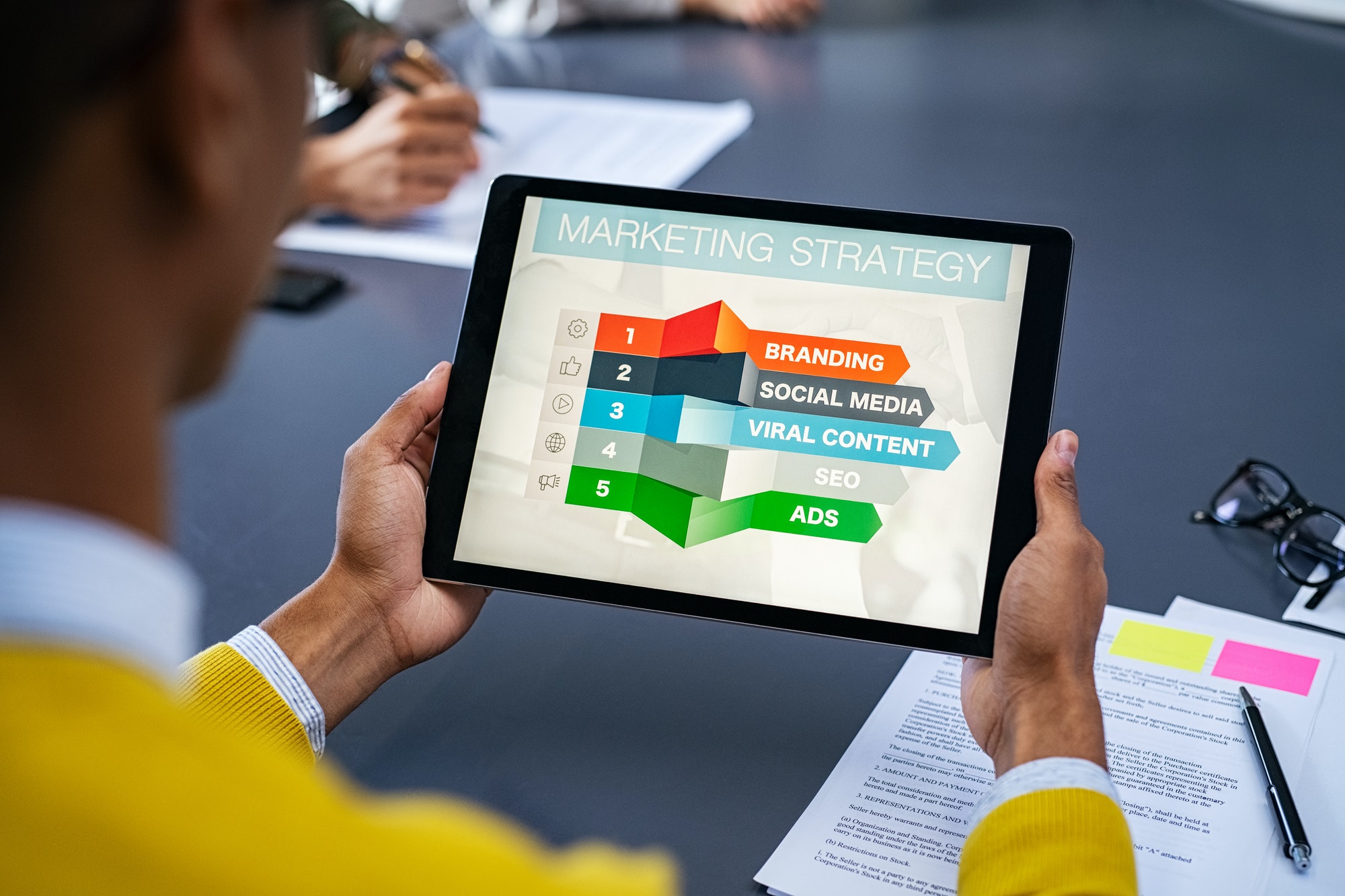In a digital world, there are many ways you can obtain new leads or purchase qualified customers. Marketers have a variety of tools to choose from in their marketing tool kits. However, not all tools are the same as they can be leveraged for different types of customers within different types of industries. Understanding the four primary types of inbound and outbound marketing techniques can help your business thrive: SEO, Social Media, PPC, and Lead Generation
What Are Inbound & Outbound Marketing Techniques?
Inbound marketing is the process of pulling in your target audience by building trust and creating relevant and useful content to help buyers make their purchases. Inbound techniques include SEO and Lead Generation.
Outbound marketing techniques work to promote a product or service to customers through social media, PPC (or pay per click), and other forms of sales and advertising. Unlike inbound, outbound works to get their brand in front of viewers who might not be looking for that particular product or service at the moment. This technique is great for building company awareness and company branding.
Inbound Marketing Tools
Search Engine Optimization
Search engine optimization is the process of improving your website to increase your visibility in the search engines so customers are more likely to click on your website and then convert. SEO works to improve user experience, keep content fresh, and make sure users are finding exactly what they need in a timely and understandable manner.
Lead Generation
Lead Generation “ is the process of attracting and converting strangers and prospects into someone who has indicated an interest in your company’s product or service. Some examples of lead generators are job applications, blog posts, coupons, live events, and online content”. This is a great opportunity to hyper-target customers and makes your pitch as to why your company beats the others. With both online and offline lead generation, you have the opportunity to target your customers in multiple ways.
Advantages And Disadvantages of Inbound Marketing Tools
Inbound marketing has many benefits. It is great with eCommerce websites – both B2B and B2C. It directs customers, who are already moving along the path of purchasing, to choosing your company. Instead of having to find prospects and spend time finding the leads, with inbound marketing, qualified leads are coming to you. You can leverage their pre-existing needs and show customers why you are the right company for them.
Tactics like SEO and lead generation take time but can yield a huge ROI. These tactics also require a higher level of skill and can sometimes lead to a lower retention rate than the rest. SEO and lead generation can be executed through an improved website design and user experience.

Outbound Marketing Tools
Social Media
Social Media are digital social platforms that allow you to store, share, exchange, and interact with others. These create a web of social circles and networks.
PPC
PPC or Pay per Click is a form of digital advertising that is used to gain exposure and drive leads to your website or to take an action. Advertisers only pay when the ad is clicked on. This is one of the most common forms of paid digital marketing. Users will see ads on their social media, browser, or even on others’ websites. After seeing a relevant advertisement enough times, a viewer may decide to check out the website and then eventually purchase a product or service.
Advantages & Disadvantages Of Outbound Marketing Tools
There are many benefits to outbound marketing tools like social media and PPC. Social media is great for both B2B and B2C. It’s great for restaurants, shops, artists, and small businesses. Another benefit of social media is that it is virtually a free tool with exponential potential. Businesses can utilize social media to promote and build branding through copy and visuals. It’s used to increase awareness and reach. Brands can use it to announce company news, updates, and promotions, and establish thought leadership.
PPC also has its advantages. PPC is a great tool for both product and service advertisements. It can be leveraged by lawyers, accountants, dentists, and others who might have some difficulties advertising on social media. Depending on the product, this tool can have a low profit margin. However, the lifetime value of a loyal customer can outweigh the price of the advertisement.
Conclusion
Both inbound and outbound marketing tools have their advantages and disadvantages. Each one works towards the common goal of increased sales and conversions. Businesses shouldn’t only utilize one tactic. Instead, they should strategize and leverage all 4 – SEO, Lead Generation, Social Media, and PPC.
With the right timing, patience and a clear and succinct goal, each one of these tactics can be used to your advantage to grow your business.
Share at:ChatGPTPerplexityGrokGoogle AI
Post Written By:
James McMinn
James is a savvy digital marketing specialist with a Masters of Science in Internet Marketing. For the past fourteen years, he has been specializing in SEO, PPC & Marketing Strategy. He has a super sharp analytical mind and a finely tuned creative eye for marketing initiatives that optimize brands.




